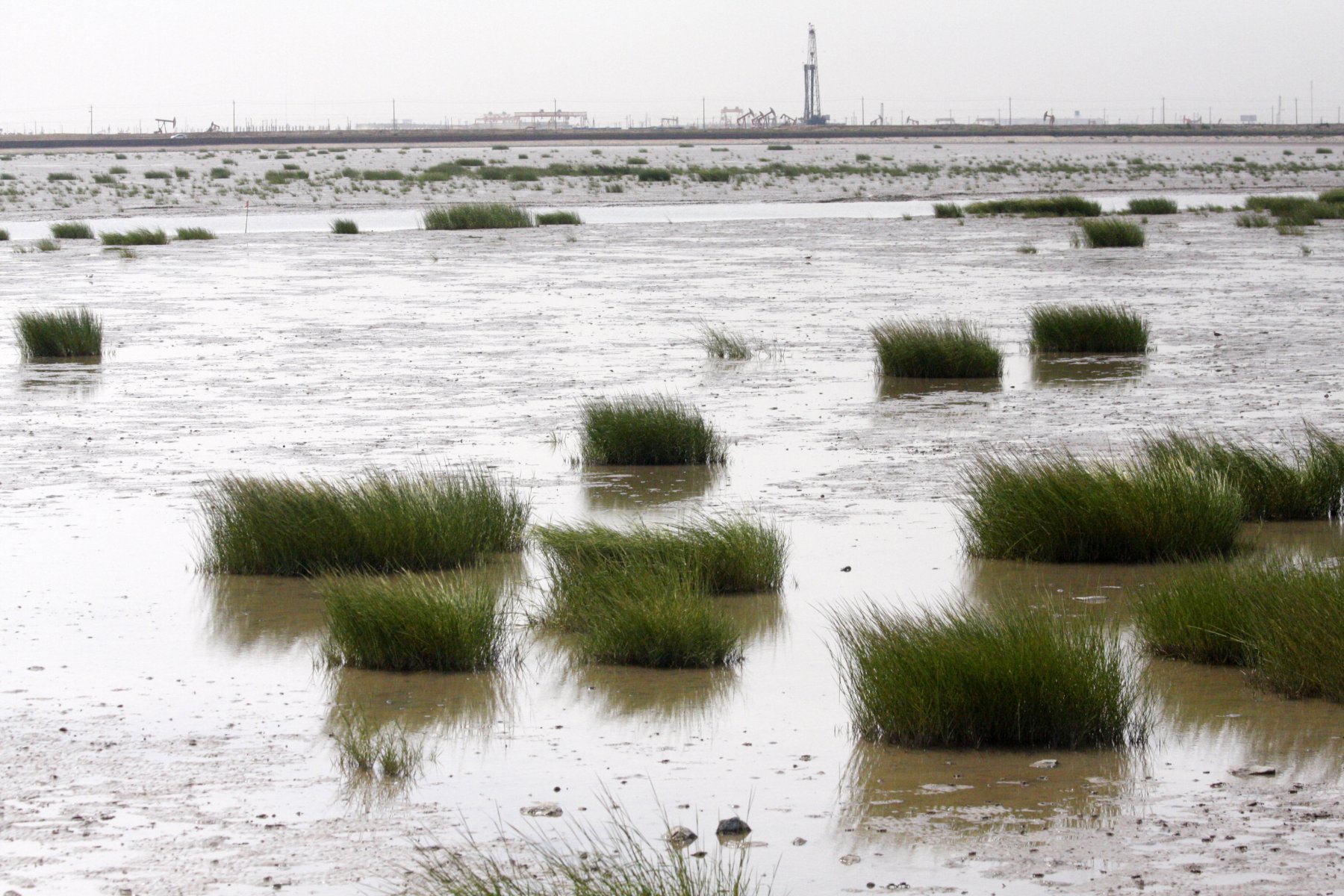Beidagang Wetland in coastal Tianjin is one of the most important sites for migratory waterbirds along the East Asia-Australasian Flyway. More than half a million birds of 276 species, including many classified as vulnerable or endangered on the IUCN’s Red List, rely on this site for staging, breeding, and wintering habitats.
In 2016, the Paulson Institute, Binhai New District Government of Tianjin Municipality and the Convention on Wetlands Management Office of China signed a Framework Agreement for Cooperation. This agreement aimed to “improve the environment of Beidagang, protect its ecosystem functions and biodiversity, and make Beidagang a model for Tianjin’s eco-civilization demonstration.” In July 2017, Beijing Normal University was commissioned to begin a project to monitor the ecological environment and migratory waterbird resources in Tianjin Beidagang Wetland.
The project seeks to understand the status and dynamic changes of migratory waterbirds and their habitats in Beidagang Wetland, to train professional wetland monitoring staff, to strengthen public participation in protection, and to achieve the conservation, restoration and sustainable management of Beidagang Wetland.
Open Full Project Details
Key activities to date
Waterbird monitoring
A monitoring program was initiated to understand the diversity, population sizes, and dynamics of essential waterbird species in Beidagang Wetland and its surrounding coastal wetlands. Forty-five field surveys were conducted and more than half a million waterbirds from 99 species, including many classified as endangered by the IUCN’s Red List, have been recorded. For example, a single count of 293 White-naped Crane was recorded at Beidagang in 2018, representing around 20% of its global population.
Habitat monitoring
Important wetland ecological and environmental factors such as vegetation, benthos, and fish, dispersal of invasive Spartina, human disturbance, and non-point source pollution have been monitored in key areas through the establishment of fixed sample plots, line transects, and quadrats.
Capacity building and environmental education activities
The project is developing comprehensive guidance to monitor waterbirds and other wetland resources that staff at Beidagang Wetland Management Center and volunteers can use for continued, long-term monitoring of this important site. Several training courses, focusing on wetland biodiversity monitoring, bird banding, and wildlife rescue, were carried out for the staff and local communities. Environmental education activities will be held during a planned bird watching festival.
Open Full Project Details


